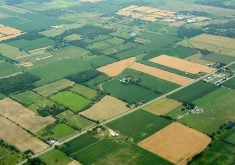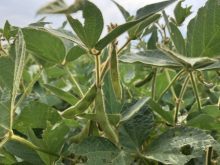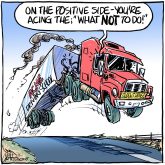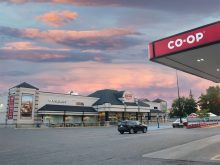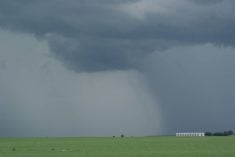The Western Producer has done a little renovating and this week we invite you to the open house.
An addition has been built onto the front page and a fresh coat of paint slapped on page 2.
To accomplish this, we had to break a 141/2 year rule and embrace “jumps” and “turns.”
While most newspapers have been jumping and turning for decades, the Western Producer has kept its feet firmly on the ground since Jan. 11, 1990, which is the last time we continued a front page story onto another page. Since then, every story that started on the front page has finished on the front page.
Read Also
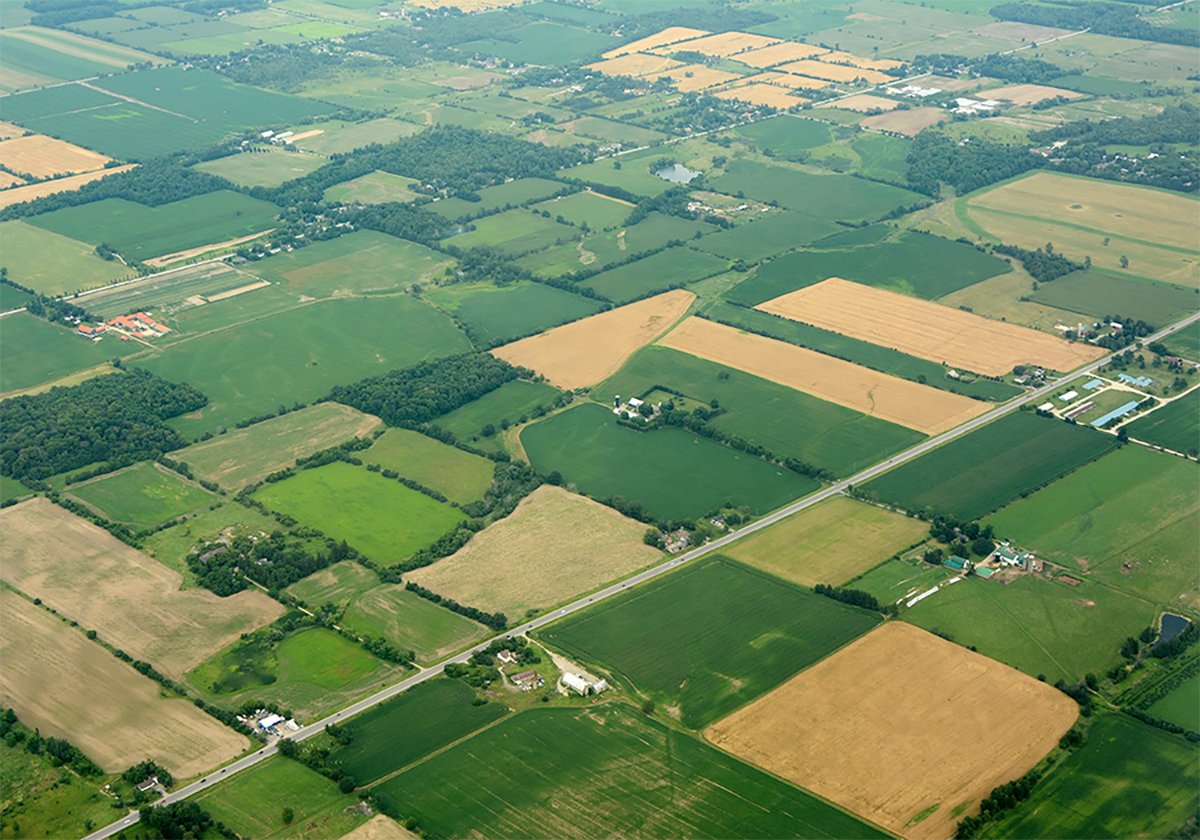
Higher farmland taxes for investors could solve two problems
The highest education and health care land tax would be for landlords, including investment companies, with no family ties to the land.
This had its advantages, especially for readers who like to read a complete story before turning the page.
But it also forced us to limit the number of stories on the front page to two. If we wanted to run a photo at a pleasing size, the stories couldn’t be more than 600 words, forcing our two most important stories of the week to be shorter than many other stories in the paper.
Our decision to allow jumps and turns gives us more room on the front page. We can now run a photo bigger if it deserves it and still run two longer stories, knowing that we can put the words that don’t fit on another page.
If a third story deserves to go on the front, we can now do that, too.
Fifty years ago, on June 10, 1954, Western Producer editors used their ability to jump and turn to great advantage by cramming 11 stories on the front page, not to mention the one column photo of Ethiopia emperor Haillie Sallassie as their main art. We promise not to get that carried away and will likely limit ourselves to three front page stories.
We also promise to continue all front page stories on page 2, making it easier for readers to find the extra paragraphs.
This commitment, however, forced a change on page 2, which up till now had been taken up completely by the weekly summary and index. Western Producer layout editor Catherine Rumancik has done a nice job of designing an abbreviated index to accommodate the continuing stories.
Which leads us to the burning question: what’s the difference between a jump and a turn? Rumancik wasn’t completly sure, but offered up the theory that jumps send stories deep into the paper while turns only go to the next page.
In that case, there will be more turning and less jumping around here.
But we promise not to make you dizzy.


